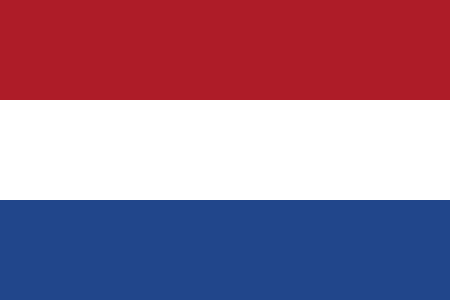
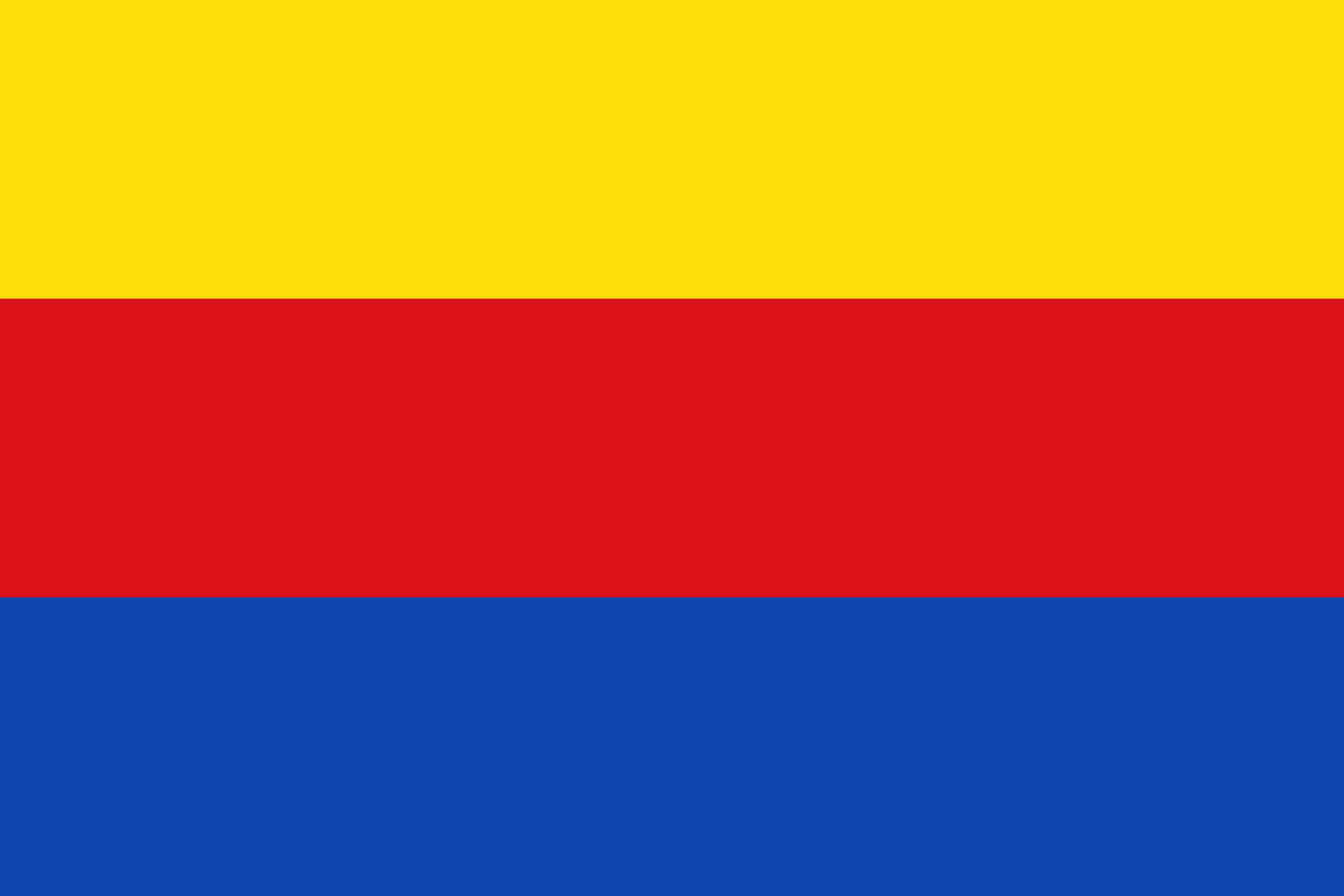
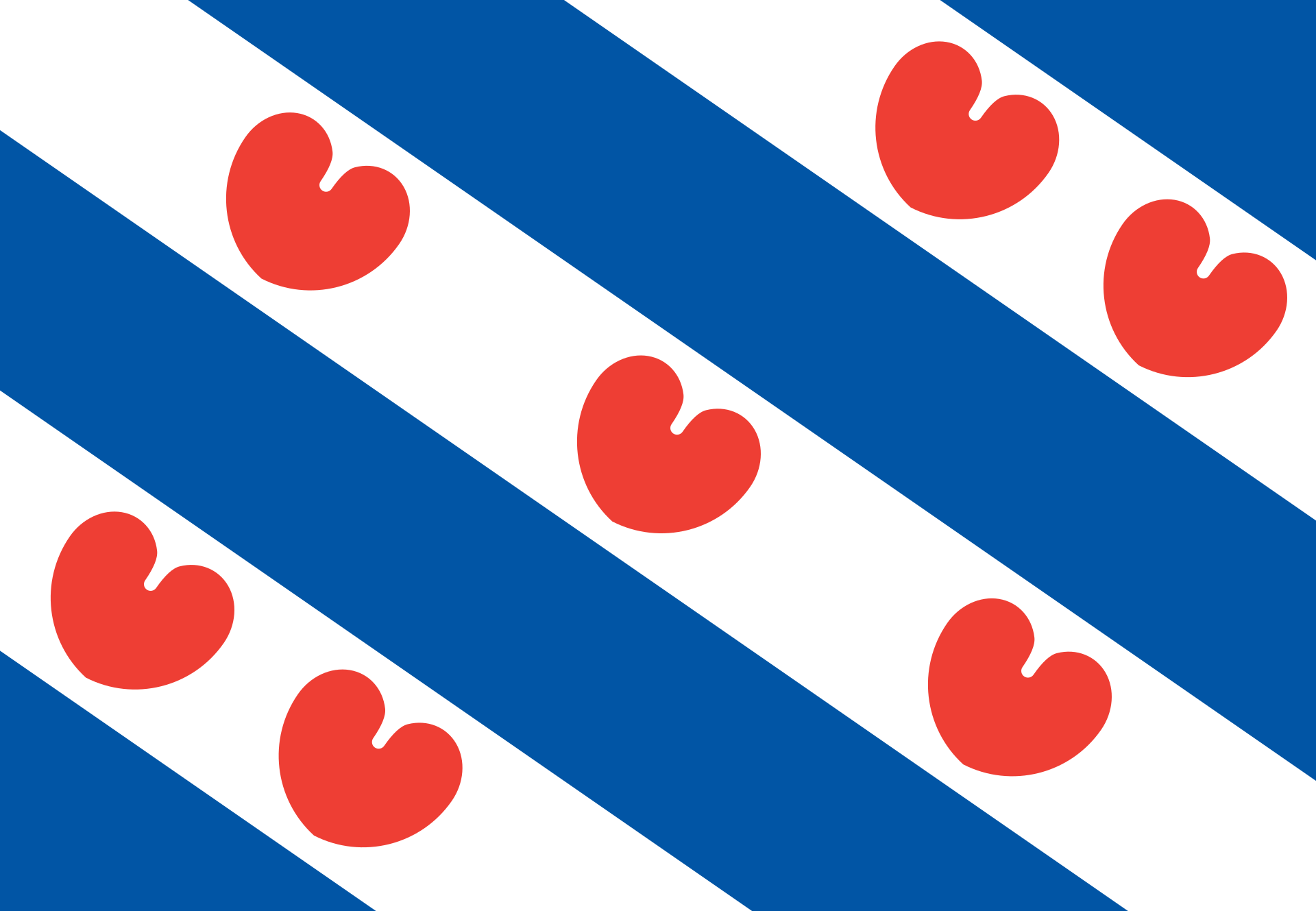
Zuiderzee

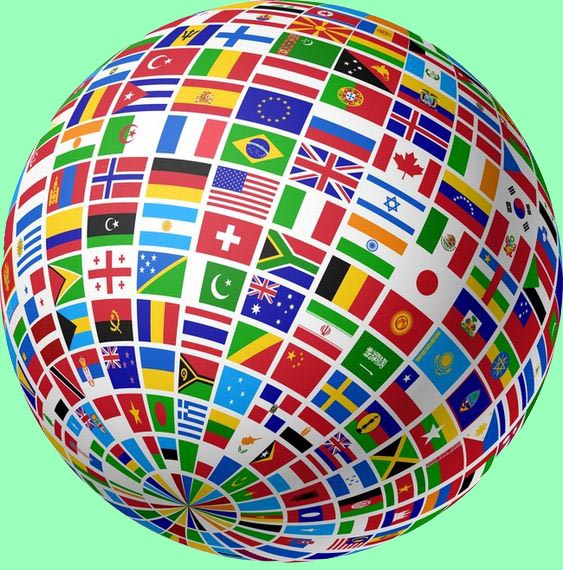

 |
 |
 |
Zuiderzee |
 |
 |
 |
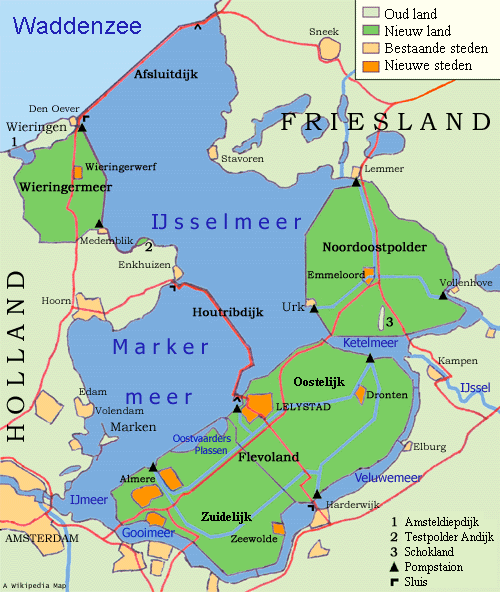 |
 |
 |
 |
||||||||||
| Zuiderzee | Ijsselmeer | Markermeer | Afsluitdijk | VOC |
| Description |
||
| Le Zuiderzee - littéralement :'Mer du Sud ' - est un ancien golfe du centre-nord des Pays-Bas. Il est transformé en lac d'eau douce appelé IJsselmeer et en polders à la suite de l'exécution des travaux du Zuiderzee. | ||
 |
 |
|
| Situation - Région | Pays | GPS / Lat - Long | Altitude | |
| Mer du Nord - Océan atlantique | Pays-Bs |
52° 36' N - 05° 30' E | m |
| Type | Longueur | Largeur | Hauteur | Superficie | Périmètre | Profondeur | Volume | Inclinaison |
| golfe | km |
km | m | km2 | km | moyenne : m maximale : m |
km3 |
| Histoire |
||
A historic story about the ZuiderzeeThis is a remarkable story about the fight against the water. It is a piece of water which embodies both the pride and pain of the Netherlands. Until 1932, the Zuiderzee was an inland sea. Fun fact: before that time, we used to talk about Amsterdam aan Zee, Volendam aan Zee, and Marken aan Zee. Large flooding and disasters would ready the Dutch for the biggest battle they ever thought: the battle against the water. Before 1916 1916 1918 1932 1940 1953 1957 1976 1986 2003 The area around the Gouwzee consists of the authentic villages of Marken, Volendam, and Monnickendam. Fishing is still big in this area, but tourism is also a large source of income. The ferry service of Volendam Marken Express makes a visit to the triangle around the Gouwzee a real experience. |
| Adresse | ||||
|
| Photos | ||
| A proximité |
|||
| Musées, expositions | Restaurants, Hôtels | Parcs, promenades | Divers |
| Comment y aller ? | |||||
| A voir |
|
|
| A faire |
|
|
| Type | Caractéristiques | Evaluation | |||||||
| Histoire |
| Contact - Nom | Téléphone / gsm | web | note | |
| info | ||||
| réservation | ||||
| office |
| Sites web | ||